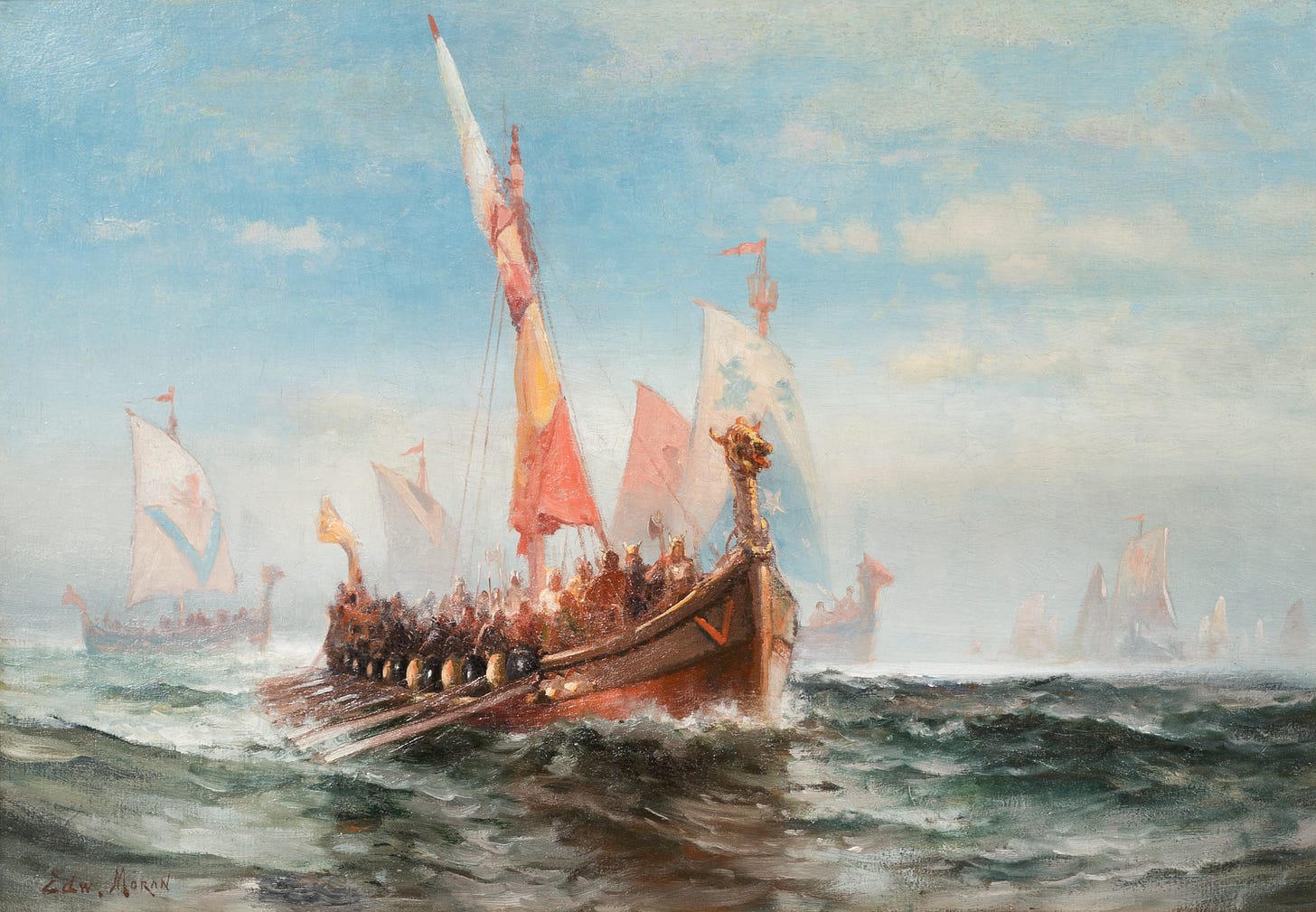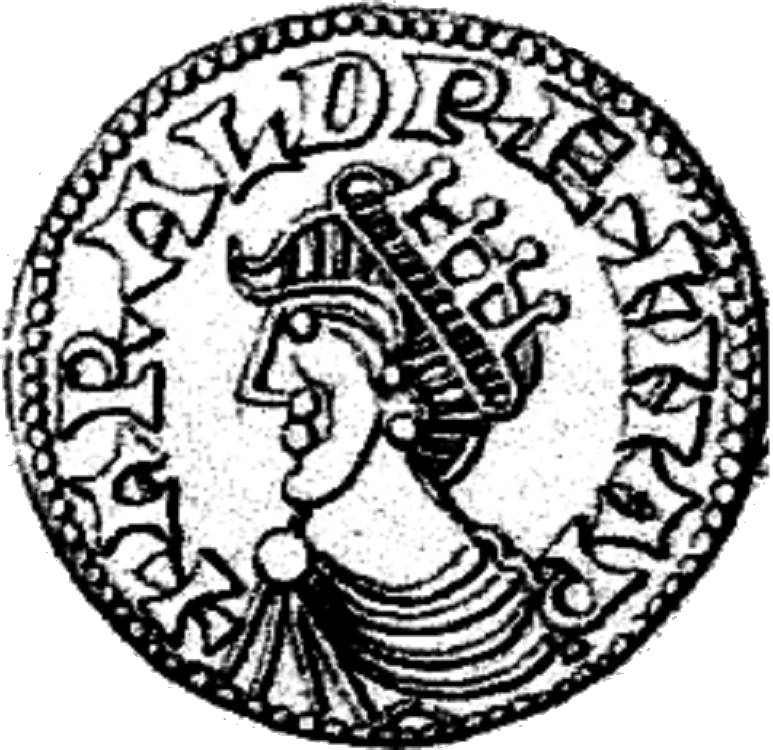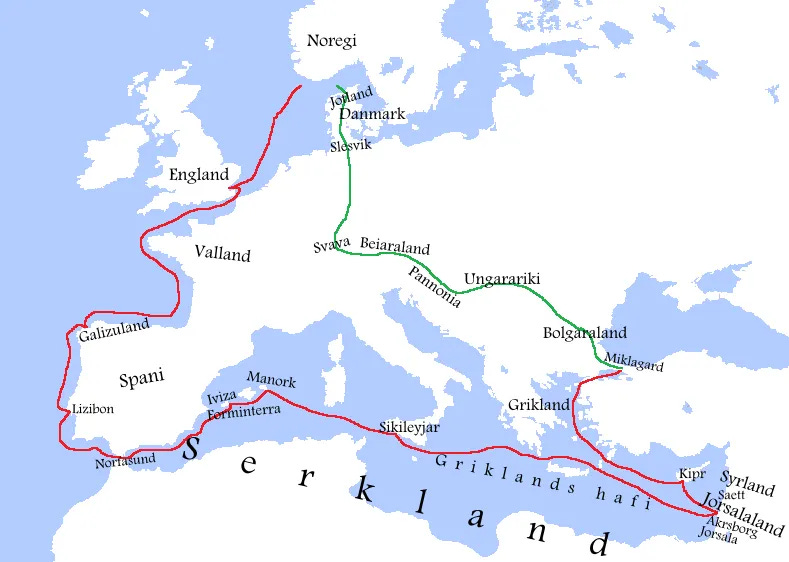The Forgotten Norwegian Crusade
The first European king to set sail for the Holy land was from Norway
In the summer of 1110, the crusaders who were fighting to protect the Kingdom of Jerusalem were worn out. Since the success of the First Crusade, there were few reinforcements. In the scorching summer heat, the Christian defenders at Acre, in present-day Israel, saw a dreaded sight.
It was the unmistakable dragonheads of Viking longships.
Sixty Norse ships showed up on the coast of Acre. The soldiers had heard the tales of the Vikings. The infamous Viking raids terrorized the Christian and Islamic worlds during the Middle Ages.

Now the Norsemen were on the shores of the Holy Land. Thankfully for the crusaders, the seafarers were on their team.
Who comes to mind when I ask you to name a few great crusaders?
You are probably thinking of Richard the Lionheart, Frederick Barbarossa, Raymond of Toulouse, and Godfrey of Bouillon.
I am sure King Sigurd I is not at the top of your list.
Sigurd was the King of Norway. He led the Norwegian Crusade, which isn't as well-known as other crusades. He was the first European ruler to lead his army to the Holy Land.
Although we don’t talk much about King Sigurd today, he was a celebrity in the 12th century AD. His heroics rallied Christendom and inspired other kings to lead their own crusades. Their campaigns sparked an epic clash of civilizations that shaped the Middle Ages.
Reminder: By choosing a paid membership (just $5 a month or $50 annually), you’re helping amplify voices that history books too often overlook. Your support means these stories get the attention they deserve.
You’ll gain access to tons of members-only content👇
Full-length deep dives into untold stories: no paywalls, no cuts.
The entire archive of amazing stories from the Ice Age to the Fall of the Mongol Empire, the hottest archaeological finds, and the appetizing history of food.
Early access to special editions—be the first to dive in.
Join lively discussions in members-only posts and subscriber chats.
The Journey to the Holy Land
King Sigurd was the grandson of the legendary Viking Harald Hardrada, often called the “Last Viking.” Sigurd’s father was Magnus III, the king of Norway.
In 1098, Sigurd accompanied Magnus on an expedition to the Orkney Islands and the Irish Sea. Magnus appointed his son the Earl of Orkney after deposing the previous ruler. The Norwegian king, who also ruled Dublin, declared himself the High King of Ireland. But the Irish were not too happy about it, and in 1103 an Irish army ambushed Magnus at Ulaid, killing the Norseman.
After the death of Magnus, Sigurd ruled Norway with his half-brothers Olaf and Øystein.
By the time Sigurd became the king, Norway had embraced Christianity for a hundred years. But that doesn’t mean that the Pope and the Scandinavians got along well.
The Norsemen had continued raiding European cities, even after their conversion to Christianity. King Sigurd wanted to prove he was a good Christian. When the Pope asked Sigurd to go on a crusade to the Holy Land, he agreed.
In 1107, Sigurd set sail for Jerusalem with 5,000 men in sixty ships. He didn’t take the usual land route across Europe, as the Crusaders from France, England, and Germany did. He preferred to travel by sea, a path taken by his Viking ancestors for centuries.
The first stop was England.
Sigurd landed in England in the fall of 1107 and enjoyed King Henry I’s hospitality till the spring of 1108. Henry must have been relieved that the Norse left without destroying his kingdom.
Next on Sigurd’s itinerary was the northern Spanish city of Jakobsland. Jakosbland was the Norse name for Santiago de Compostela.
The lord of the town welcomed Sigurd’s party at first. But during the winter, the city ran out of food. Santiago’s ruler asked Sigurd to leave and refused to provide supplies to the Norsemen.
Big mistake.
Keep reading with a 7-day free trial
Subscribe to Forgotten Footprints to keep reading this post and get 7 days of free access to the full post archives.



